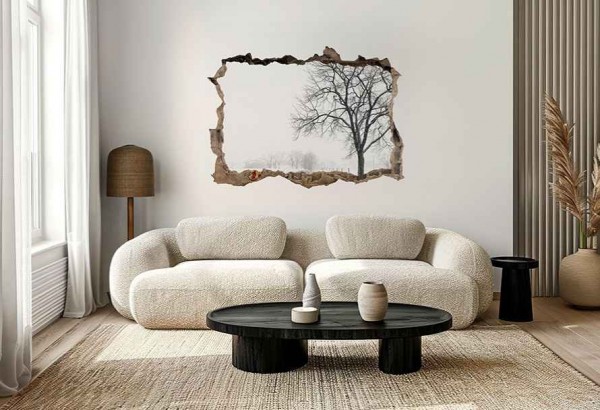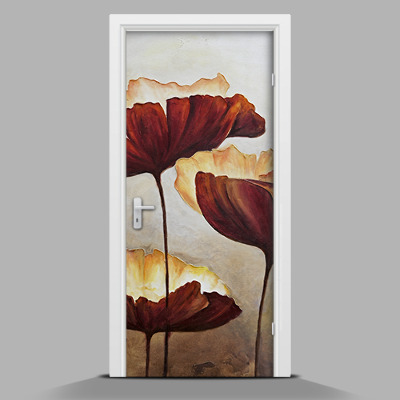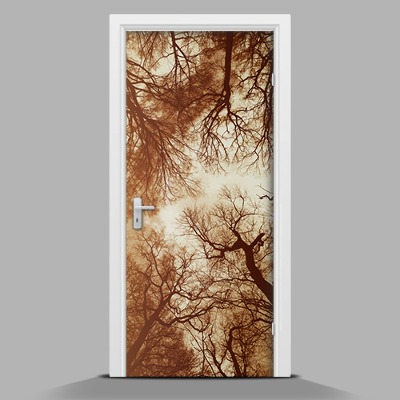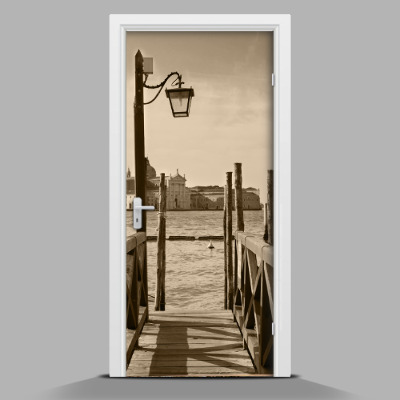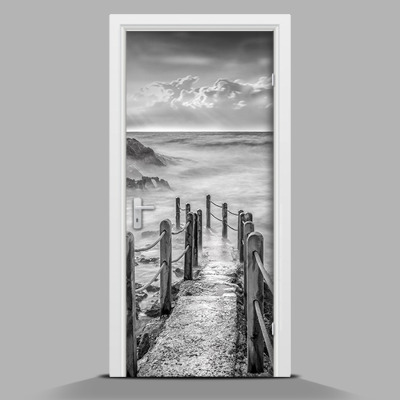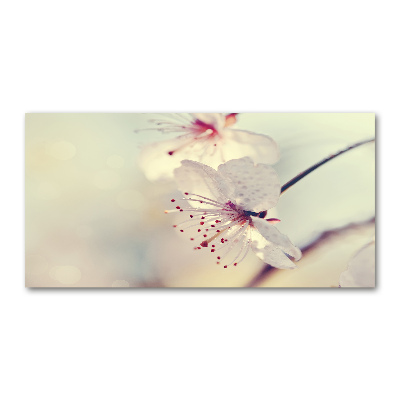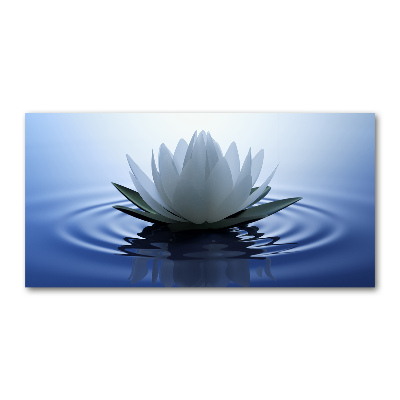The contemporary world of interior design increasingly values the beauty of simplicity and natural materials. One of the most popular trends in recent seasons is the Japandi style, which combines two unique aesthetics: Scandinavian minimalism and the Japanese love for harmony and balance. If you dream of making your interior a haven of peace, it's worth learning how to decorate your home in the Japandi style.
Interiors inspired by the Japandi philosophy are both functional and full of subtle charm. Here, less is more, and every element of the decor serves a specific purpose, fostering tranquility and a sense of inner calm. Discover how to create a harmonious space that exudes peace at first glance and invites relaxation.
The Beauty of Imperfection – What is the Japandi Style About?
Japandi is a lifestyle philosophy translated into the language of interior design. It directly stems from the Japanese philosophy of wabi-sabi, which sees beauty in imperfection, simplicity, and naturalness. An interior in the Japandi style is therefore an ideal choice for those who value authenticity and carefully selected, timeless elements.
Unlike the stark, minimalist spaces typical of traditional Scandinavian style, Japandi emphasizes subtle coziness. In Japandi interiors, muted tones, earthy shades, and natural colors like off-whites, soft grays, subtle beiges, and warm browns dominate. These provide a perfect neutral background for Japandi furniture made from wood and other natural materials. This makes the space calm yet warm and inviting.
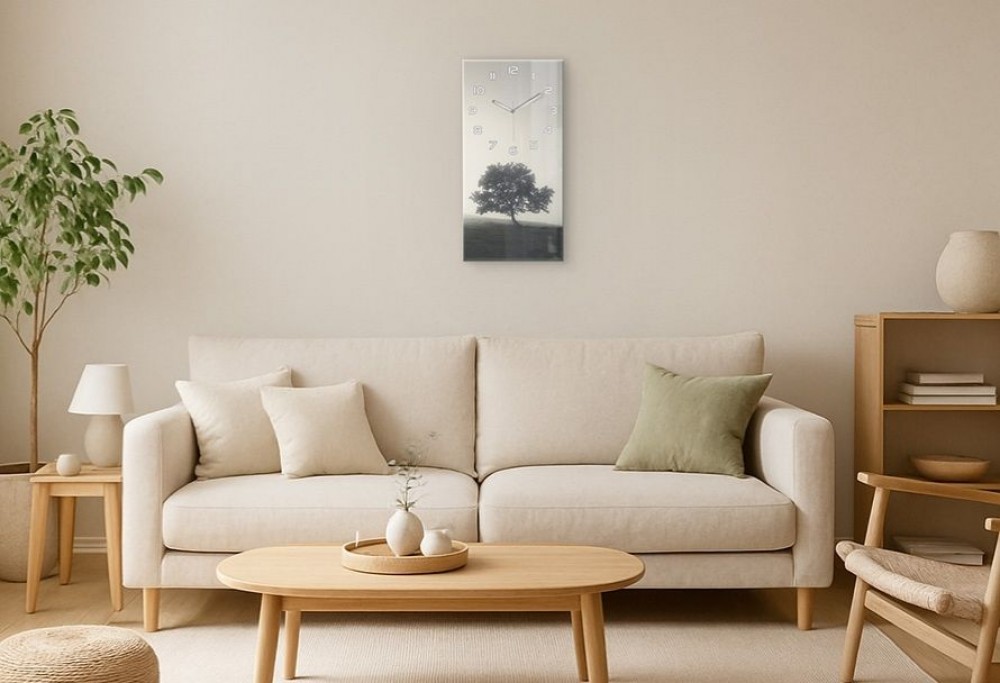
The Japandi philosophy clearly states: every item should serve a specific function and have a thoughtful place in daily use. Geometric shapes, clean lines, and carefully chosen materials introduce harmony and order, characteristic of Japanese minimalism combined with Scandinavian functionality. Furniture made from natural wood, such as coffee tables with wooden legs or open shelves, fits perfectly into this concept.
When opting for a home in the Japandi style, remember the importance of textiles. Soft throws, linen curtains, or seagrass rugs are not just accessories but essential elements that influence the character of the interior, giving it a unique and welcoming atmosphere.
Japandi Color Palette – Muted Shades that Promote Calm
Choosing colors is a crucial step when you want to decorate your home in the spirit of Japandi. These interiors are primarily associated with tranquility, so their color palette is based on subtle, natural tones. Off-whites, warm beiges, light grays, and soft pastels create a neutral backdrop that perfectly complements the minimalist aesthetic of this style.
Earthy tones like olive green, soft brown, or sand hues bring a sense of harmony with nature to the interior design. Avoid strong contrasts – on the contrary, the Japandi style favors subtle color transitions that soothe the senses and provide a sense of inner peace.
Wooden panels or parquet flooring are also important elements, perfectly complementing the natural, light color palette of the walls. Wood, especially light species like white pine, adds warmth to the space without compromising its minimalist character. This color scheme not only provides visual rest but also promotes relaxation and focus on daily activities.
Natural Materials – The Secret to Japandi Interiors
The secret to harmonious and cozy Japandi-style homes undoubtedly lies in natural materials. Wood, linen, bamboo, jute, and seagrass form the foundation of designs that prioritize quality materials and simplicity of form. In Japandi interiors, natural materials serve not only decorative purposes but also practical functions – they enhance comfort and bring a characteristic warmth to the home.
Japandi furniture made from natural wood features minimalist designs based on clean lines and geometric shapes. Wooden coffee tables, chairs with wooden legs, or cabinets with open shelves are pieces that perfectly align with the wabi-sabi philosophy – emphasizing the natural texture of wood, showcasing its imperfections, and celebrating its timeless beauty.
Textiles also play a crucial role – linen curtains, cotton throws, or seagrass rugs add coziness and softness to the interior. Their raw character, typical of Japandi aesthetics, offsets the coolness of minimalist spaces, making the interior more welcoming and comfortable for everyday use.
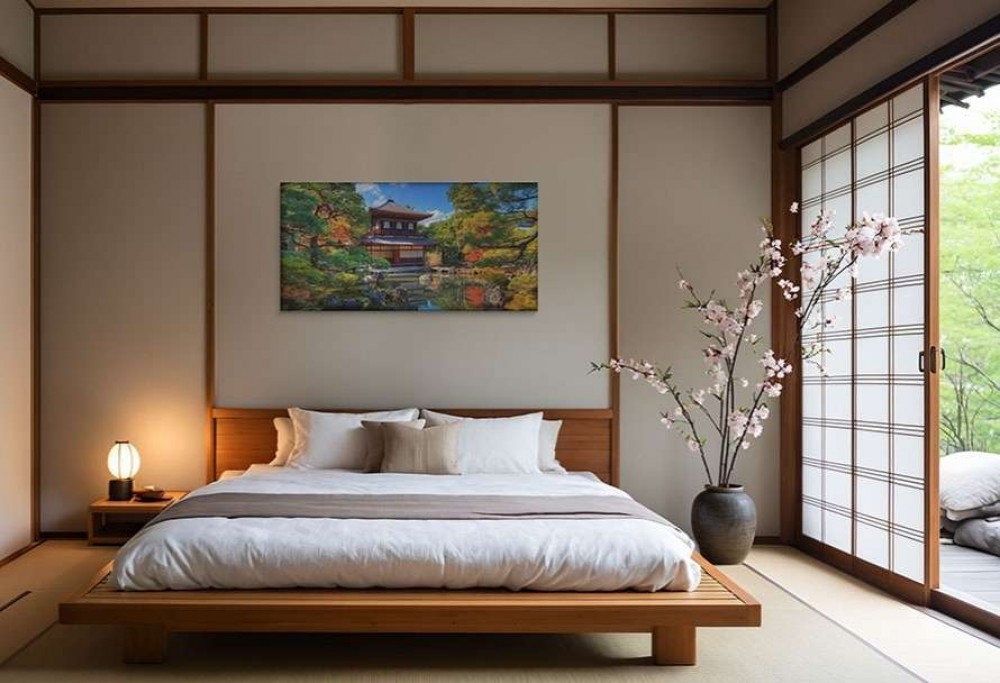
Additionally, natural materials pair beautifully with potted plants, which are an integral part of Japandi decor. Carefully selected plants in ceramic or wicker pots bring a breath of nature into the space, making it even more harmonious and refreshing.
Japandi Furniture – Minimalism Meets Scandinavian Functionality
When deciding to decorate your home in the Japandi style, special attention should be given to choosing the right furniture. Japandi furniture should be simple, practical, and made from natural wood. Geometric shapes and light, muted colors ensure the interior looks harmonious yet functional.
In the living area, low wooden coffee tables with subtle wooden legs, sofas with clean lines, and minimalist armchairs in earthy tones are excellent choices. Characteristic of the Japandi style are also wooden cabinets and shelves with open spaces, which serve specific functions – helping to keep the space organized while showcasing carefully selected accessories.
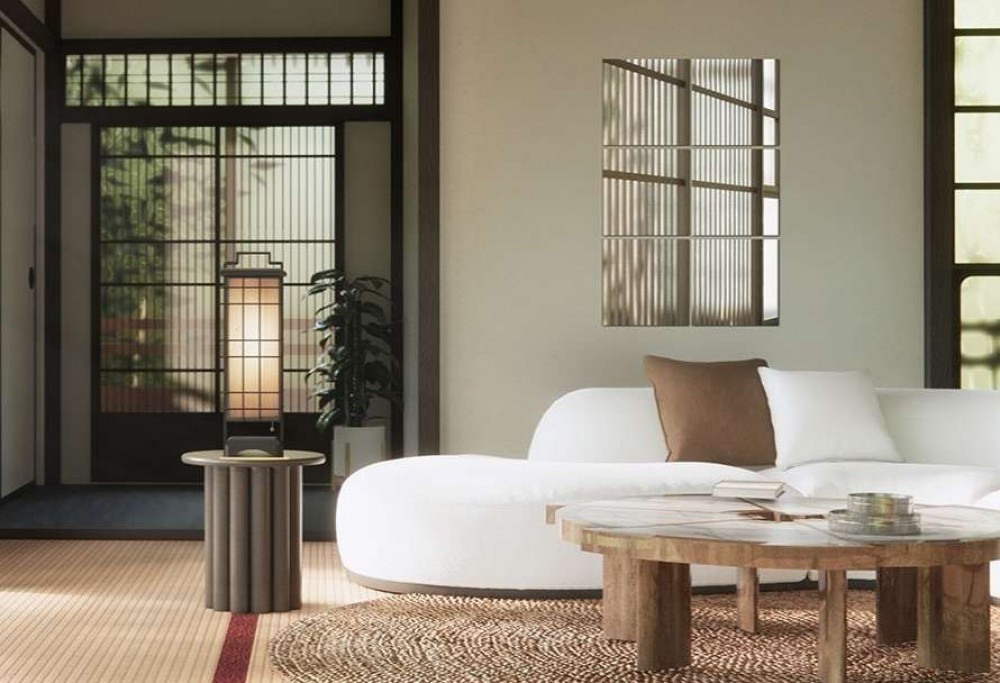
Perfect additions to Japandi-style furniture include seats and poufs made from natural materials such as jute or seagrass. They are practical for everyday use and perfectly align with the Japanese philosophy of simplicity and minimalism.
When selecting furniture, also consider the quality of materials – the wood should be natural, with a visible grain, and its raw character will perfectly match the wabi-sabi philosophy, which values authenticity and the beauty of imperfection.
Japandi Walls – How to Choose the Perfect Accessories?
Walls in Japandi interiors should serve as a subtle, neutral backdrop, where carefully chosen accessories can be highlighted. When selecting accessories, follow the "less is more" principle – each decor element should have a specific function, avoiding unnecessary decorations that could disrupt harmony.
One way to emphasize the unique character of the Japandi style is through minimalist wall decorations such as canvas prints. Simple motifs inspired by nature – delicate landscapes, abstract forms, or subtle illustrations of plants – work best here. Such prints perfectly complement the serene ambiance of Japandi, bringing pleasant harmony to the interior.
In addition to canvas prints, mirrors in simple wooden frames, ceramic decorations, or shelves made of light wood also look great on walls. Wooden elements warm up the space, highlight the natural character of the interior, and create an atmosphere conducive to relaxation.
It’s also important to remember that Japandi designs avoid clutter, so walls should feature carefully selected accessories that align with the rest of the decor. This approach will make your interior a harmonious space – a true haven of tranquility, fully in line with Japanese minimalism and Scandinavian functionality.
Lighting in the Japandi Spirit – How to Choose the Perfect Illumination?
If you're wondering how to properly decorate an interior in the Japandi style, you must pay attention to selecting the right lighting. In Japandi designs, lighting serves an essential and specific purpose – to provide comfort, peace, and warmth. Well-chosen lamps highlight the natural colors of the interior, adding softness and depth.
Opt for pendant lamps with clean lines, geometric shapes, and natural, raw finishes. Lamps with wooden elements, paper shades inspired by Japanese style, or minimalist wall sconces that provide subtle point lighting are excellent choices. Such solutions perfectly match the minimalist character of Japandi and emphasize its philosophy of simplicity.
In the living area, additional light sources like standing lamps made of natural wood or table lamps with ceramic bases in muted colors are worth considering. You can also use candles and small lanterns – their light creates a cozy atmosphere, turning the interior into a true haven of peace and relaxation.
Plants in Japandi Interiors – A Return to Nature
In the Japandi style, the presence of nature is of utmost importance. Carefully selected potted plants are an excellent way to complement the decor and introduce lively, harmonious energy into the interior. Plants like fiddle leaf figs, snake plants, bamboo, monstera, or succulents perfectly fit this aesthetic, serving as both beautiful decorations and practical elements that improve air quality in the home.
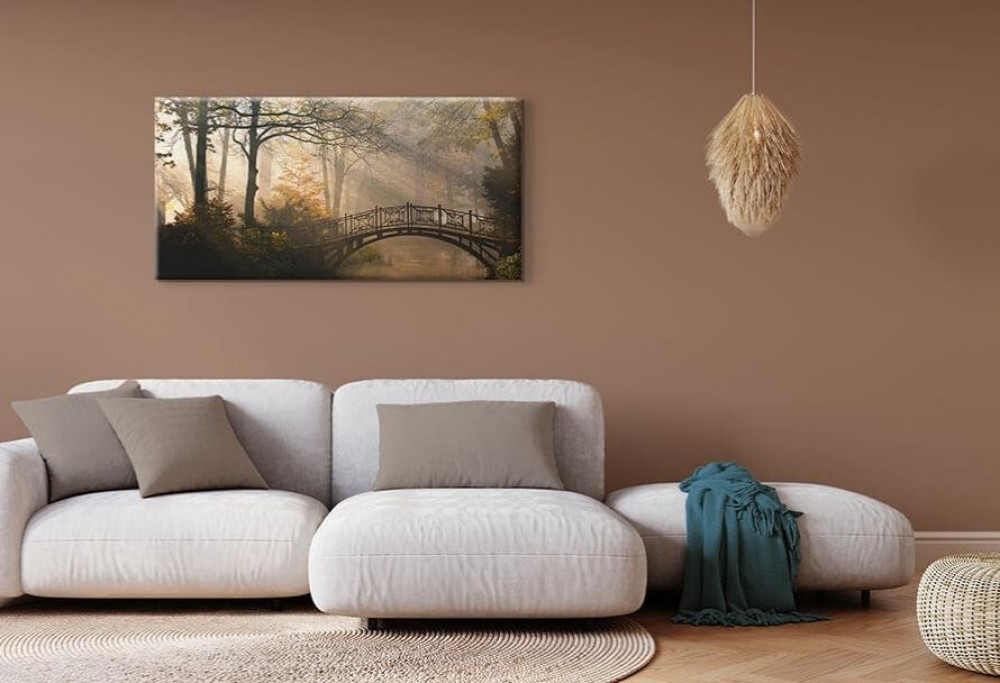
Potted plants look best in minimalist ceramic or wicker covers that harmonize with the interior's color scheme. They can be placed on wooden shelves, stands, or coffee tables – this way, they underline the natural, serene atmosphere of the space.
Remember that the Japandi style values simplicity, so moderation is key when choosing plants. A few larger, striking specimens are enough to bring life to the interior without compromising its minimalist character.
Minimalism and Organization – A Space Aligned with Wabi-Sabi Philosophy
When decorating a home in the Japandi style, it's essential to maintain order and moderation in the number of items. This style embraces the philosophy of "less is more," where every decor element has a thoughtful place and specific function. The space must be free of clutter, promoting calm and harmony in daily life.
Using open shelves, furniture with hidden storage, or aesthetic baskets made of seagrass or wicker makes it easy to keep things tidy. Every item should be not only aesthetically pleasing but also functional. This organization aligns with the Japanese philosophy of wabi-sabi, which encourages focusing on what truly matters, appreciating the beauty of imperfection and transience.
Incorporating this philosophy into your home will help create an interior that not only impresses at first glance but also becomes a place that provides daily peace and deep relaxation.
Japandi – A Space Where You Find Yourself
The Japandi style is more than just an aesthetic – it's a philosophy of life where minimalism, harmony, and a love for natural materials allow you to create an interior that is both beautiful and authentic. Decorating your home in this style gives you the opportunity to create your own haven of peace – a space conducive to reflection, relaxation, and rejuvenation. Here, the beauty of imperfection becomes a value, and simplicity becomes a way to achieve balance. Invite Japandi into your home and discover true serenity in everyday life.


